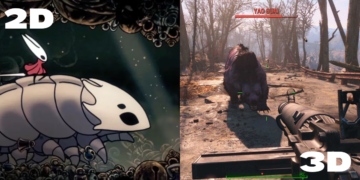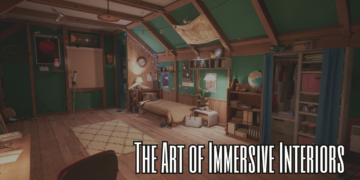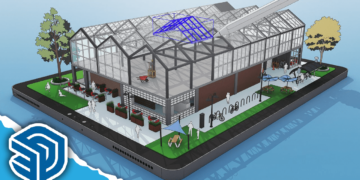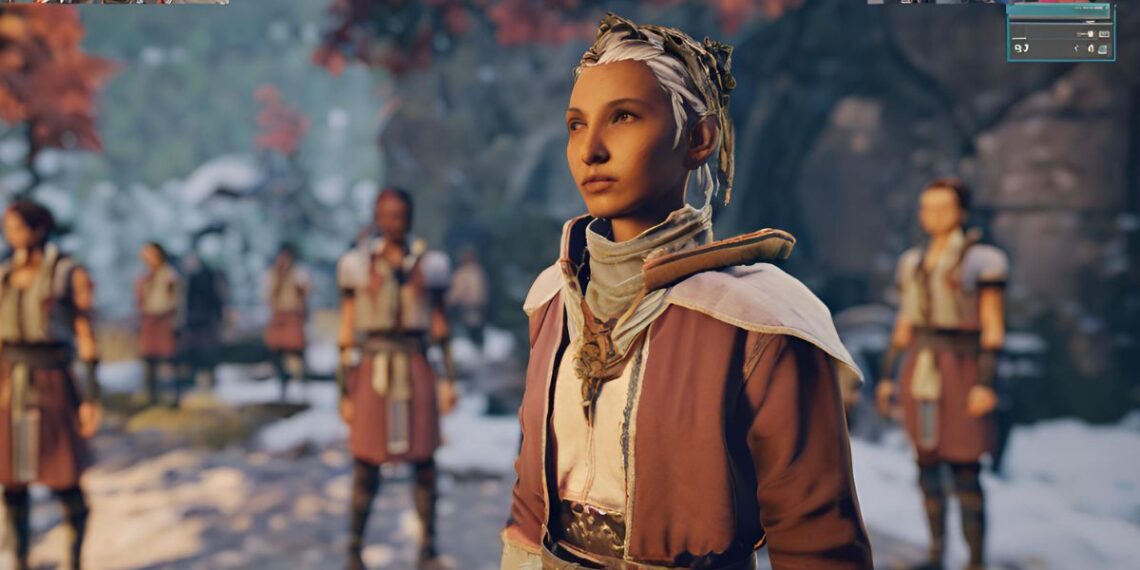Introduction
Artificial Intelligence (AI) is revolutionizing the gaming industry, enhancing the complexity and depth of game design. By creating smarter Non-Player Characters (NPCs) and dynamic worlds, AI is transforming player experiences. This blog explores the role of AI in game design, its benefits, challenges, and future trends.
The Role of AI in Game Design
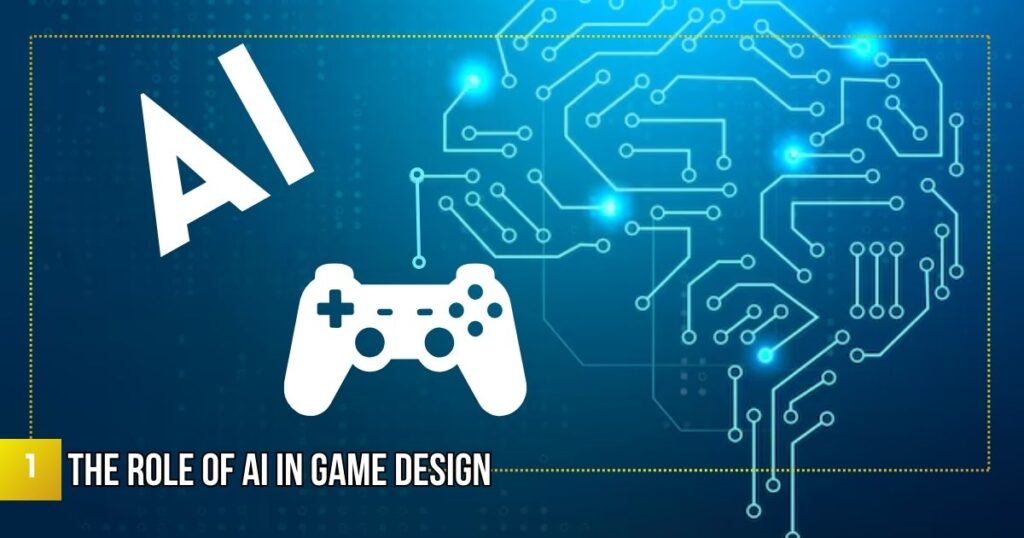
Definition and Types of AI Used in Games
AI in games refers to the simulation of intelligent behavior in NPCs and game environments. The main types of AI used in gaming include:
- Rule-based AI: Follows predefined rules.
- Finite State Machines (FSMs): NPCs change behavior based on their state.
- Pathfinding: Algorithms like A* for NPC movement.
- Machine Learning: AI learns and adapts from player behavior.
Historical Context and Evolution of AI in Gaming
The evolution of AI in gaming started with simple rule-based systems in early arcade games. Over time, advancements in computing power and AI research have led to more complex and adaptive AI systems. Today, machine learning and procedural generation are pushing the boundaries of what is possible in game design.
Creating Smarter NPCs
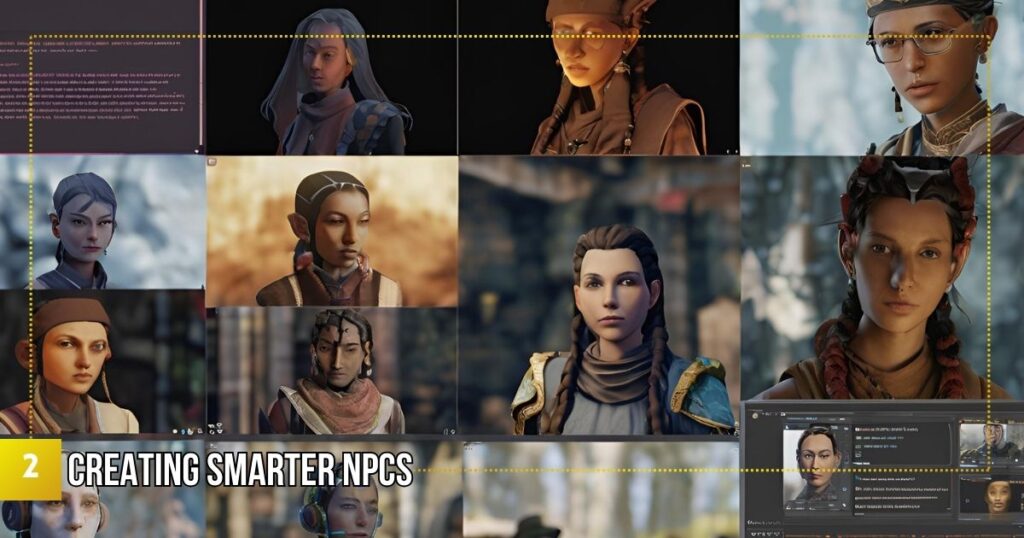
AI Techniques for NPC Behavior
Smarter NPCs use various AI techniques to create more realistic and engaging interactions. These techniques include:
- Behavior Trees: Hierarchical models to manage complex NPC behaviors.
- Neural Networks: Enable NPCs to learn and adapt from player actions.
- Decision Making: Using algorithms to enable NPCs to make choices based on game context.
Case Studies of Games with Advanced NPCs
- The Last of Us Part II: NPCs exhibit realistic behaviors, such as searching for players and communicating with each other.
- Red Dead Redemption 2: Features NPCs with daily routines and adaptive responses to player actions.
Benefits of Smarter NPCs for Gameplay
Smarter NPCs enhance gameplay by providing:
- Immersive Experiences: More believable and relatable characters.
- Dynamic Interactions: NPCs that respond to player actions in varied ways.
- Enhanced Challenge: NPCs that adapt and create a more engaging gameplay experience.
Developing Dynamic Worlds
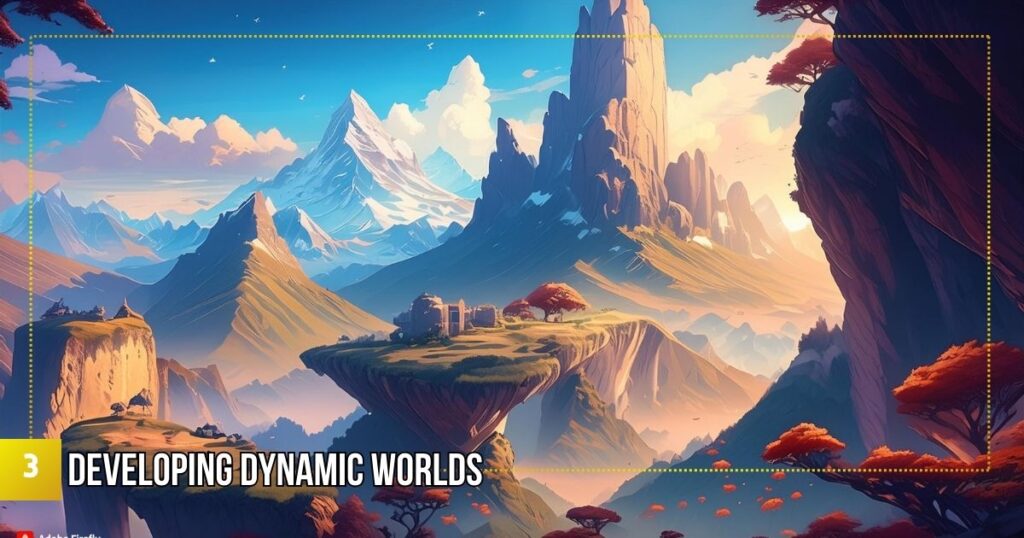
Procedural Generation and AI-Driven Environments
AI-driven procedural generation creates vast, diverse game worlds. This technique uses algorithms to generate content dynamically, reducing the need for manually designed environments.
Examples of Dynamic World Implementations
- No Man’s Sky: Uses procedural generation to create a virtually infinite universe.
- Minecraft: Employs algorithms to generate unique and diverse landscapes.
Impact on Player Experience and Replayability
Dynamic worlds enhance player experience by:
- Providing Variety: New and unique experiences in each playthrough.
- Encouraging Exploration: Unpredictable and rich environments to explore.
- Increasing Replayability: Fresh content and challenges with each game session.
Challenges and Limitations
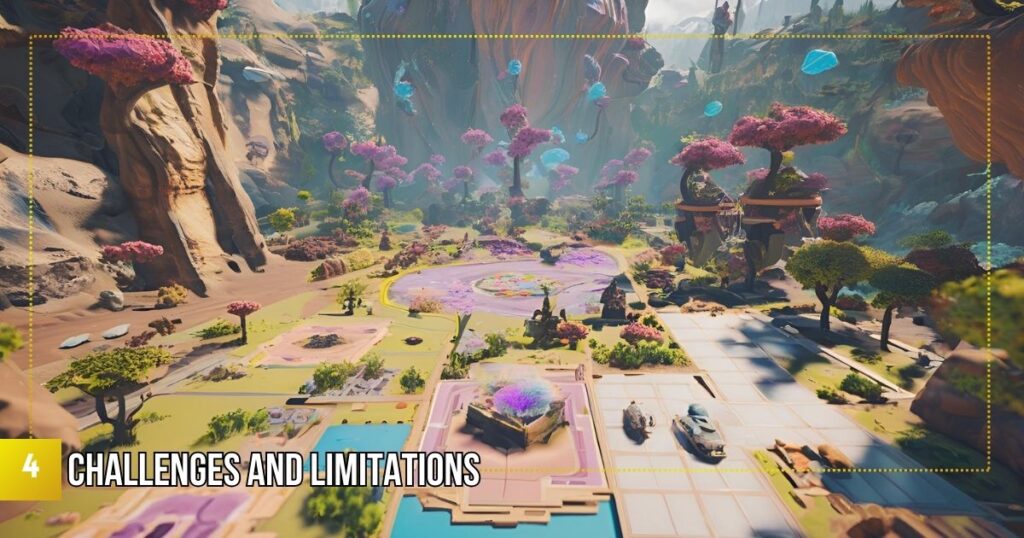
Technical and Design Challenges
Implementing AI in games presents several challenges:
- Resource Intensive: AI algorithms can be demanding on system resources.
- Complex Design: Balancing AI behavior with game design needs.
- Debugging: Difficulties in predicting and fixing AI behavior.
Balancing AI Complexity with Game Performance
Developers must balance AI sophistication with performance to ensure smooth gameplay. This involves optimizing AI algorithms and sometimes simplifying behavior to maintain game performance.
Ethical Considerations in AI Game Design
Ethical concerns include:
- Player Privacy: Ensuring AI does not misuse player data.
- Behavioral Influence: Avoiding manipulative or harmful AI behaviors.
- Fairness: Ensuring AI provides a fair challenge without being overly punitive.
Future Trends in AI and Game Design
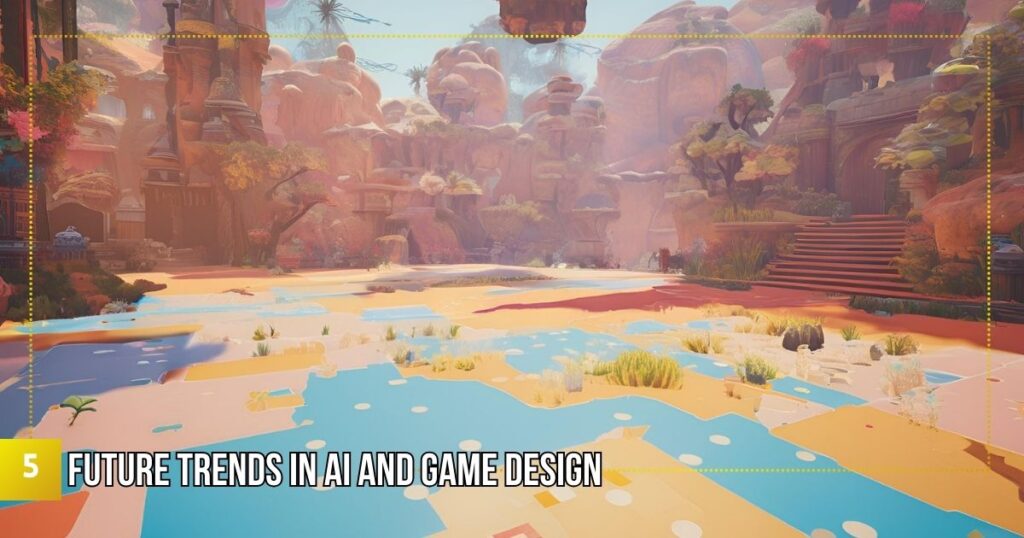
Emerging Technologies and Innovations
- Deep Learning: Enhancing AI’s ability to learn and adapt.
- Natural Language Processing: Improving NPC communication with players.
- AI-driven Narratives: Creating adaptive and branching storylines.
Predictions for the Next Decade
- More Immersive Worlds: Enhanced realism and interactivity.
- Personalized Experiences: AI that tailors gameplay to individual players.
- Increased Collaboration: AI tools that assist developers in creating content.
Conclusion
AI is set to transform the gaming industry by creating smarter NPCs and dynamic worlds. These advancements offer richer, more engaging player experiences. As technology progresses, the potential for AI in game design will continue to expand, offering exciting possibilities for developers and players alike.


